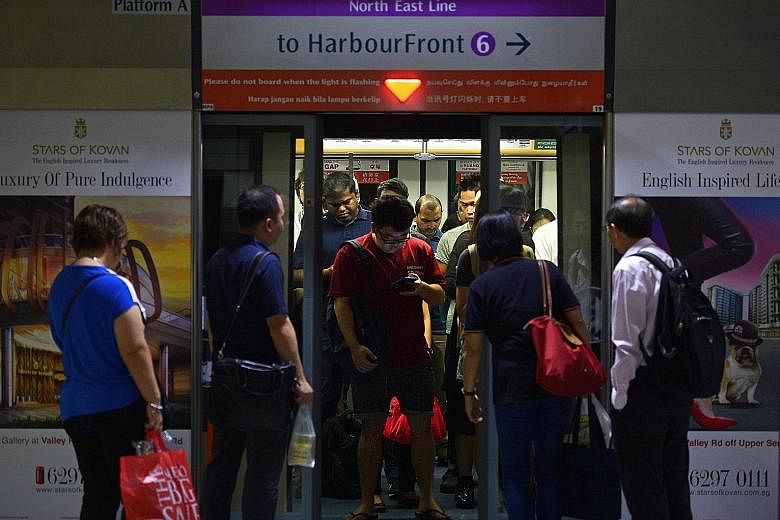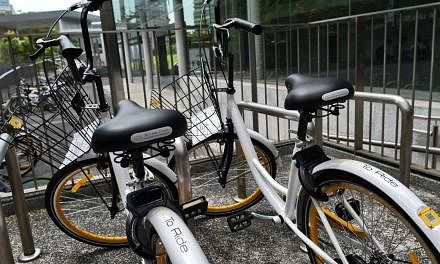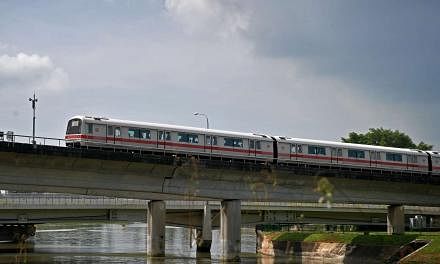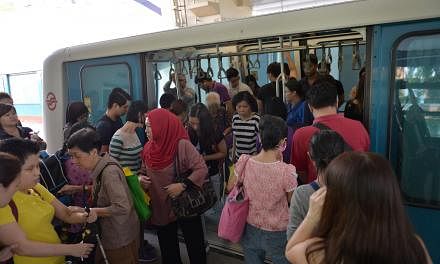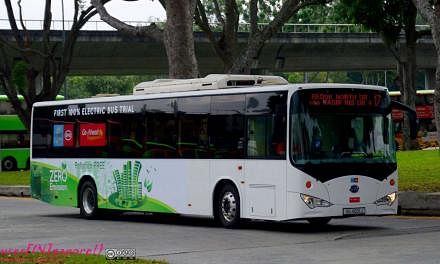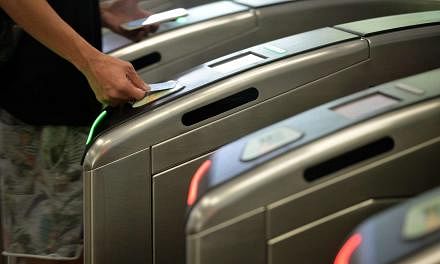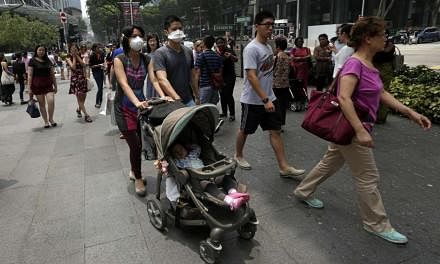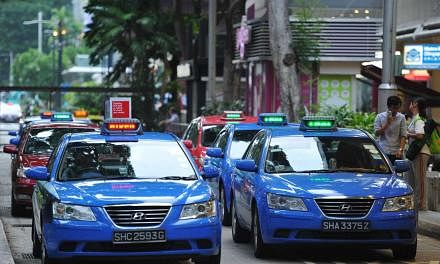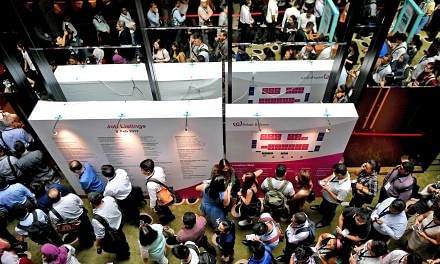There is never a good time for a price hike, especially when the good or service in question is essential, as is the case with water and public transport.
That the price of the first is going up is old news, having been announced last month and debated at length last week when Parliament scrutinised the Government's main Budget before moving on to examine those of individual ministries.
Yesterday, though, was the first time in recent memory that a rise in public transport fares was hinted at and by none other than Transport Minister Khaw Boon Wan.
He told the House that the Public Transport Council, or PTC, was reviewing the current fare formula, which is due to expire later this year after the fare exercise. "They will consult widely. I am confident that they will decide wisely."
To set the stage for this announcement, Mr Khaw first described his ministry's vision of a car-lite Singapore by 2030.
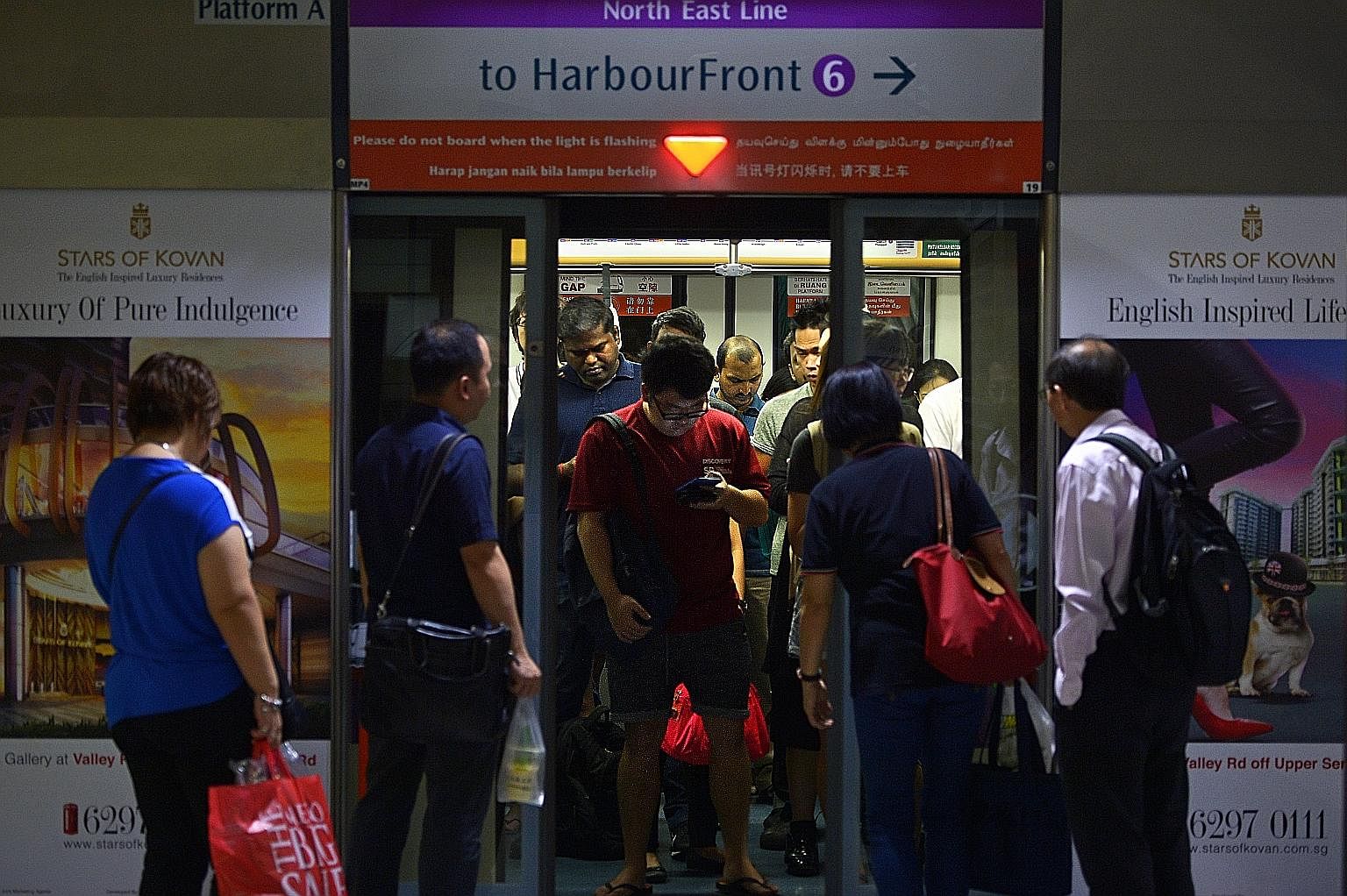
"It is much more than about cars, or their depopulation," he said.
"It is also about making it easier and more enjoyable for everyone to walk, cycle and take public transport. There will be less need to own cars, and we can look forward to reclaiming many road lanes and carpark spaces and using them instead for the community and for greenery. It is about a lifestyle change, a mindset shift, and improving the quality of life for all."
What does a car-lite Singapore have to do with higher transport fares? The train system is at the core of this vision and needs to be high-capacity, highly connected and reliable.
There are ongoing efforts to boost all three aspects - from expansion of the rail network, which is growing on average by 1km a month, to the replacement of ageing assets like old sleepers and the upgrading of signalling systems, to the acquiring of tools and capabilities for the shift to a predictive maintenance regime for older tracks.
An important achievement is the transition to a New Rail Financing Framework, which means the Government now owns rail assets and can replace and upgrade ageing ones promptly to enhance reliability. A similar restructuring has taken place in the bus industry under the Bus Contracting Model.
These changes come at a price, because service improvements and network expansion require high capital investments and incur higher operating costs.
Mr Khaw spelt out just how high: As bus fares are not enough to cover the operating costs of services, there is a "huge deficit" to the tune of $3.5 billion to $4 billion over the next five years that the Government will subsidise. It also expects to spend $4 billion to replace rail assets, on top of about $20 billion to build new public transport infrastructure.
He then explained the need to review the public transport fare formula, saying: "We must ensure that the fiscal burden does not become too excessive for taxpayers. In the earlier years, we split the responsibility by having taxpayers fund the construction of transport infrastructure, while commuters bear the operating costs through transport fares.
"But over the years, as fares have not kept up with rising costs, taxpayers have to subsidise more and more of the operating costs, especially as we have been raising service standards significantly.
"This is not sustainable. While the Government will continue subsidising public transport heavily, we must find a fair balance in the relative burden to be borne by commuters, taxpayers and operators."
That same reasoning applies to water, a public good in scarce supply in tiny Singapore. The strategy to ensure a secure and sufficient water supply well into the future must include right pricing. And yesterday, Environment and Water Resources Minister Masagos Zulkifli took another stab at explaining the need for a planned price hike of 30 per cent over two years.
He told a tale of two countries with sharply contrasting water woes - the Netherlands, which has too much water, and Singapore, which has too little.
Much of the Netherlands lies below sea level. The country has not sunk below the waves, thanks to a flood protection system of dykes, pumps and water storage facilities on which the Dutch spend some €400 million (S$598 million) a year. It is financed through water taxes, with each household paying its share. The Dutch also have the world's first and only Water Bank to finance large investments.
Singapore, too, needs to maintain and upgrade its existing water assets, Mr Masagos said. And that includes building more Newater and desalination plants ahead of the expiry of a water agreement with Malaysia in 2061.
So while there is never a good time for a price hike, it helps to prepare the ground when they can't be avoided.


